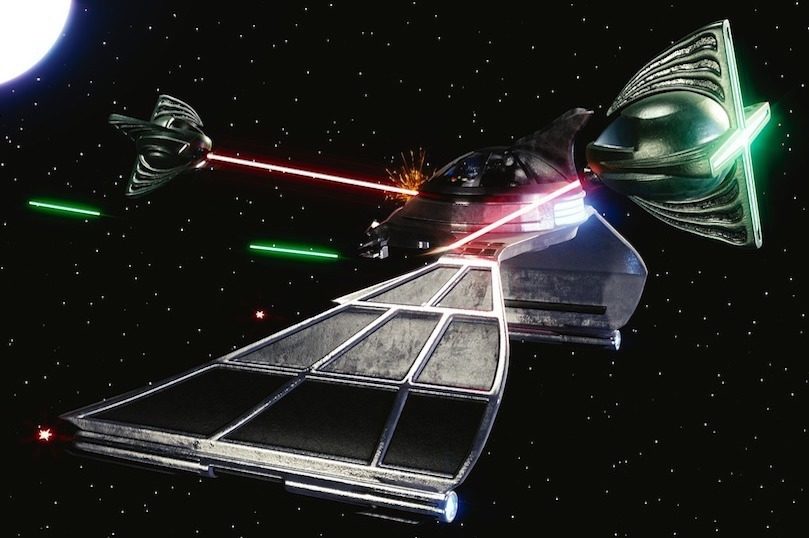
$2.99 eBook Sale: A Chain Across the Dawn by Drew Williams
The ebook edition of A Chain Across the Dawn by Drew Williams is on sale now for only $2.99! Get your copy today, and prepare for the release of the third book in The Universe After series, The Firmament of Flame, available February 2nd, 2020.


